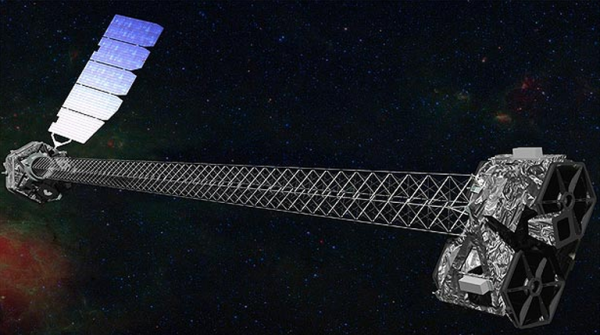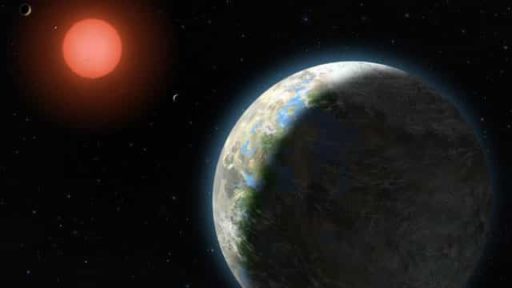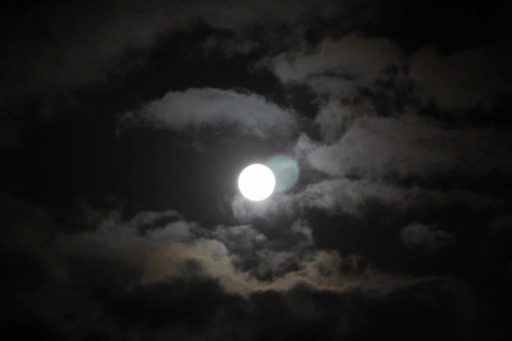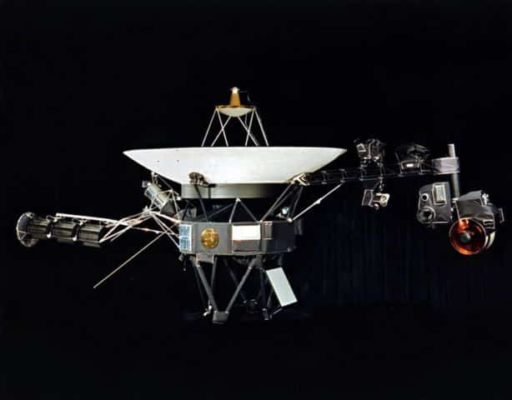The space is a dark and mysterious thing. Sometimes the latest telescopes fails to bring the mysterious and dark side of the space into light. But with the NASA’s new space telescope, the mysterious and dark side of the space; specially the mystery of the black holes can be brought easily into light.
NASA’s Nuclear Spectroscopic Telescope Array (NuSTAR) spacecraft has launched yesterday at 11:30 a.m. EDT from an Orbital Sciences Pegasus XL rocket. This rocket was carried by a carrier plane from the Kwajalein Atoll in the Pacific Ocean. After the launch, it will take 7 days to reach in orbit. Then, the craft will extend its refrigerator-sized 33 feet (10-meter) long telescope to begin collecting data for its two-year primary mission phase – search for undiscovered black holes in the Milky Way and at the hearts of other galaxies. A folding truss of NuSTAR holds the two parts at the right distance extend. Each optics unit comes with 133 fingernail-thin mirrors stacked like Russian dolls to focus light onto state-of-the-art detectors, producing crisp pictures in high-energy wavelengths and capture as much light as possible. NuSTAR will seek out rays to capture images of black holes, neutron stars, and other cosmic bodies with a hundred times more sensitivity and ten times better resolution than previous spacecraft.
NuSTAR will also explore the strange behavior of extreme black holes, such as the supermassive monsters at the centers of most large galaxies. The instrument is designed to zero in on the volatile, energetic areas around black holes and the leftovers from stellar supernova explosions. It’ll be able to see the high-energy x-rays from radioactive nuclei initially produced in the explosions. It doesn’t do polarimitry but surely it is a talented device. Now with the help of NuSTAR, scientists will be able to look into the black holes and they will try to better understand the formation of the extremely large black holes.
NuSTAR is NASA’s one of the low-cost Small Explorer missions. The two year duration school bus-size NuSTAR costs about $165 million.
Source : Space
Thanks To : NAT GEO
[ttjad keyword=”cloud-storage-drive”]




